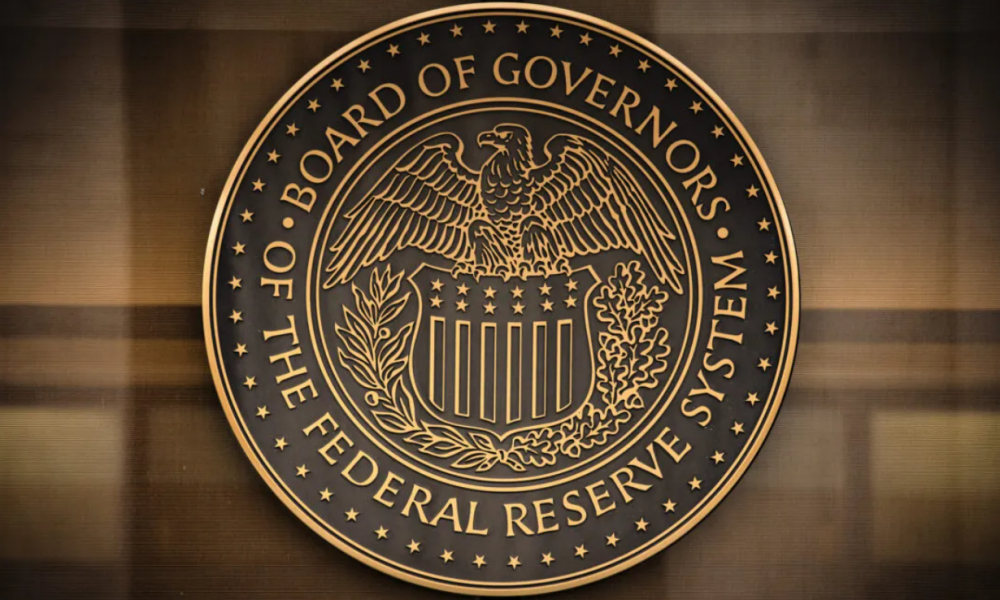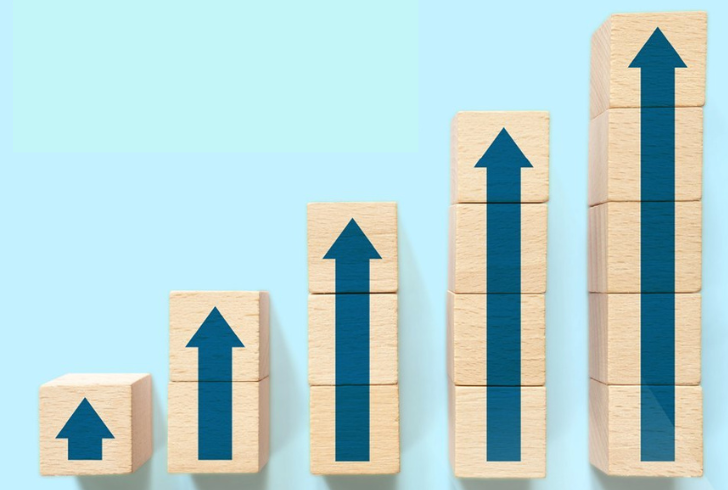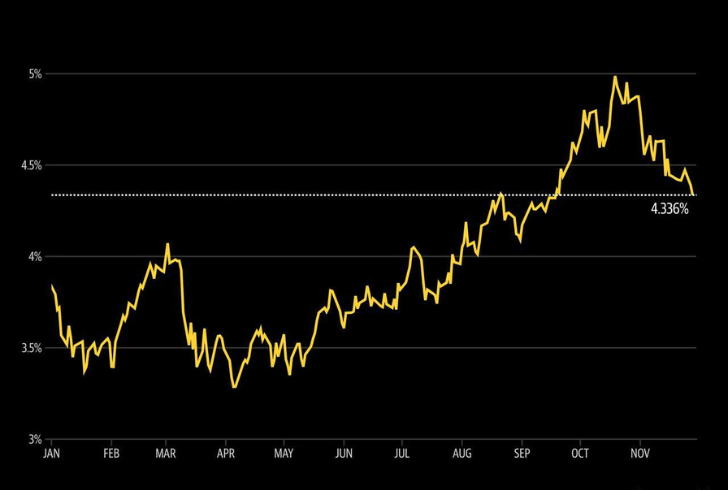
Unlocking the Mystery: Why Fed Rate Hikes Are Like Slow-Motion Fireworks

In the vast landscape of the U.S. economy, the recent 5.5% interest rate set by the Federal Reserve might seem like a distant figure. Surprisingly, the effects of such decisions don’t happen overnight and can linger for a decade or more, shaping our financial world.
The Ripple Effect: Slow but Steady

Instagram | Increase in borrowing costs doesn’t hit everyone simultaneously.
You might wonder, why isn’t everyone feeling the pinch of the Fed’s rate hikes immediately? Well, it turns out that the increase in borrowing costs doesn’t hit everyone simultaneously. If you’re a first-time homebuyer or someone in need of a new loan, you’re more likely to feel the impact first. Interestingly, the use of contracts in businesses also plays a role, creating a delay in the ripple effect through the economy.
Timing is Everything: Understanding the Lag
According to Sarah House, a senior economist at Wells Fargo, the consequences of rate hikes may not strike all at once. The longer interest rates remain high, the more noticeable the effects become. However, she highlights an interesting twist—thanks to increased savings during the pandemic, consumers have a bit of a cushion, altering the typical timeline for when these impacts are felt.
Decoding the Numbers: A 1% Hike, 12 Years of Impact
A mere 1% increase in interest rates can cast a long shadow over the economy, reducing the gross domestic product (GDP) by a significant 5%. What’s even more surprising is that this effect could stick around for a massive 12 years after the rates first go up.

Pexels | Increase in interest rates can cast a long shadow over the economy.
This creates a kind of double challenge because it doesn’t just affect things in the short term, like people losing jobs and the economy slowing down. It also messes with things in the long term, like how much money people make and how productive the whole country is. So, even a tiny increase in interest rates can send ripples through our economy that last for a really long time!
Market Whispers: Responding to the Fed

Instagram | Financial markets might be more responsive than we think.
Financial markets might be more responsive than we think. According to Federal Reserve Governor Christopher Waller, when the government talks about changing financial rules, the effects start when they talk about it, not just when they actually change things. This makes understanding when these changes will hit a bit tricky because it can vary. It’s like trying to predict when a surprise wave will hit while swimming—it keeps you on your toes!
Navigating the Waves of Change
In this financial journey, the stock market dances to its own tune, sometimes swaying quickly and at other times, with a more deliberate pace. As we navigate the waves of change, the question of how long it takes for the impact to be fully realized remains open-ended. It’s a fascinating interplay of economic forces, where understanding the mechanisms at play becomes key to financial resilience.
More in Investments
-
`
Celebrity Couples Who Have Ended Their Relationships in 2025
2025 has already seen its fair share of celebrity breakups, and the year is just getting started. From heartfelt announcements to...
February 6, 2025 -
`
How Trump’s Policies Will Reshape Artificial Intelligence in the U.S.
The United States witnessed a significant political shift as Donald Trump took the presidential oath once again. His return to the...
January 31, 2025 -
`
Millie Bobby Brown Shuts Down Age-Shamers with a Powerful Message
From the moment Millie Bobby Brown first appeared as Eleven in “Stranger Things,” she captured hearts worldwide. But growing up in...
January 25, 2025 -
`
Why Outsourcing Payroll Services Is a Smart Business Move
Managing payroll is no small task—it’s a crucial part of any business that ensures employees are paid accurately and on time....
January 15, 2025 -
`
These AI Stocks Should Be on the Watch List of Investors in 2025
The buzz around AI stocks is growing louder than ever. With artificial intelligence shaping industries like healthcare, finance, and tech, smart...
January 8, 2025 -
`
Why the Starbucks Workers Strike Is Expanding Across U.S. Cities
The Starbucks workers’ strike has gained significant momentum, with employees in more U.S. cities joining the movement to address unresolved issues...
January 2, 2025 -
`
Are Shawn Mendes and Camila Cabello Still Close After Breakup?
The connection between Shawn Mendes and Camila Cabello continues to intrigue fans worldwide. Their shared history, from chart-topping collaborations to a...
December 24, 2024 -
`
Here’s What It Takes to Become a Professional Physical Therapist
Physical therapy is a career that blends science, empathy, and problem-solving to help people recover from injuries or improve mobility. Knowing...
December 19, 2024 -
`
GM Battery Cell Plant Deal Marks $1 Billion Ownership Shift
General Motors (GM) plans to sell its stake in a $2.6 billion electric vehicle battery cell plant in Lansing, Michigan. This...
December 11, 2024















You must be logged in to post a comment Login